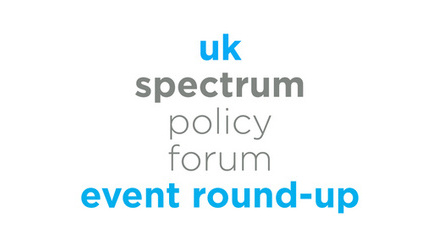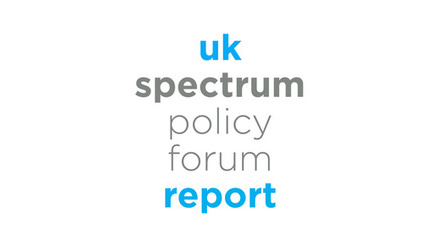WRC Series: The future connectivity of the airspace around us
In the beginning, humanity conquered mainly the land and later, the sea. Until the last decade, the shared airspace around us hosted mainly commercial and Government’s air-borne assets. With passing generations, our earth’s active civilian stakeholders’ activities have advanced from the sea and the land to the air thanks to the advancements in the wired and the wireless connectivities solutions. Several generations of technological innovations have attempted to make human activities smarter including agriculture; municipal infrastructure monitoring; supply chain; public safety and security; and transportation. All digitisation, digitalisation and internet of things devices depend on reliable, ubiquitous and seamless connectivity infrastructures spanning terrestrial and space-borne assets that generate carbon footprints. For instance, the UK’s skies could host over 900,000 drones to reduce carbon emissions by 2.4 million tons by 2030 (Skies Without Limits Report v2.0, 2023).
We need to explore the past, present and future of the shared airspace around us and the modern attempts to enable smart living and rebuild a sustainable green environment for all. Will everyone need a flying licence just as we need a driving licence today? What will constitute the dynamic access spectrum and/or frequency bands for innovative reconfigurable and adaptive multiband low-altitude small objects flying traffic control network connectivity for civil and commercial applications? What are the auxiliary technologies that will revolutionise smart ultra-reliable low-latency, enhanced broadband and massive meshed connectivity for low-altitude flying objects such as drones and air taxis? The World Radio Communication conference represents a forum that can pull together groundbreaking industry-linked connectivity research works on net zero-enabled non-terrestrial network-terrestrial network (NTN-TN) connectivity convergence ecosystem for low-altitude small objects aviation [such as drones and manned and unmanned aerial vehicles (UAVs)].
Advanced active and adaptive semiconductor devices and process technologies solutions that deliver a hybrid of the functionalities of the nanowires and those of contemporary wireless technology will require real-time spectrum assignment for on-the-fly optimal system-on-chip performance and "detect-and-avoid" capability. Space-terrestrial architecture and the satellite-cellular radio access network (RAN) ecosystem needs to supplement the 5G/5G+ RAN; and complement 5G/5G+ cellular services for open RAN communication amongst the meshed edge, gateway and enterprise nodes.
The absence of industry standards for UAV wireless communications implies that existing heterogeneous mix of wireless personal area network (WPAN); wireless local area networks (WLAN); wireless neighbourhood area network (WNAN); wireless wide area network (WWAN) and proprietary communication implementations are deployed. Typically, the unlicensed 2.4 GHz and 5.8 GHz ISM bands (0.1 – 1 km WLAN); ZigBee® (5 – 10 km WNAN); 4G/5G (> 10 km WWAN) and radio control plane frequencies are utilised.
Research institutions, Government agencies and industry associations working within the space of advanced radio access technologies and networks (including 5G and 6G) need to work together with the 3rd Generation Partnership Project (3GPP) to establish standards for the dynamic spectrum ranges for TN and NTN communications convergence. This will enable the development of the energy- and spectrum-efficient infrastructure necessary for core and auxiliary technologies via innovative solutions spanning multiple input multiple output RF frontend arrays; NTN satellite broadband systems; distributed, edge and parallel computing; cognitive RF physical layer interfaces; beamforming, artificial intelligence; 3D additively manufactured electronics; and adaptive hybrid energy harvesting. These standards are essential to implementing the innovative solutions needed for truly seamless and ubiquitous on-demand connectivity coverage.
The outcomes from WRC-23 and prospectus for WRC-27 will be a key topic for the flagship UK SPF Future Spectrum Summit. Be part of the conversation and register here.




